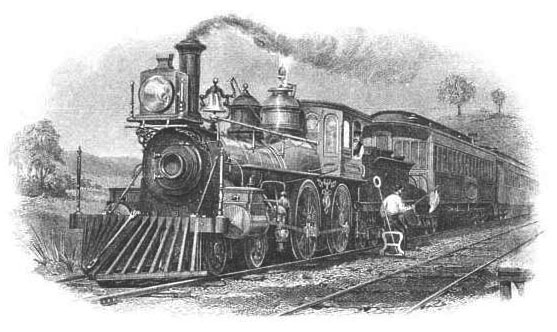
Newsletter switching to electronic delivery
For longer than I care to admit, several of you tried to convince me that sending free newsletters was costly. Ok, Ok! Postage costs (and you!) finally have my attention.
It is time to accept reality. After numerical examination, I find that over 90%, probably 95%, of my communications are now electronic. It appears collectors are more comfortable with electronic communication than I thought.
I will continue to publish my newsletter. But, instead of printing, folding, addressing, and stamping, I will send a link to new newsletters when I finish them. I will post newsletters to my web site in Adobe Acrobat format. You will be able to download the newsletter at your leisure.
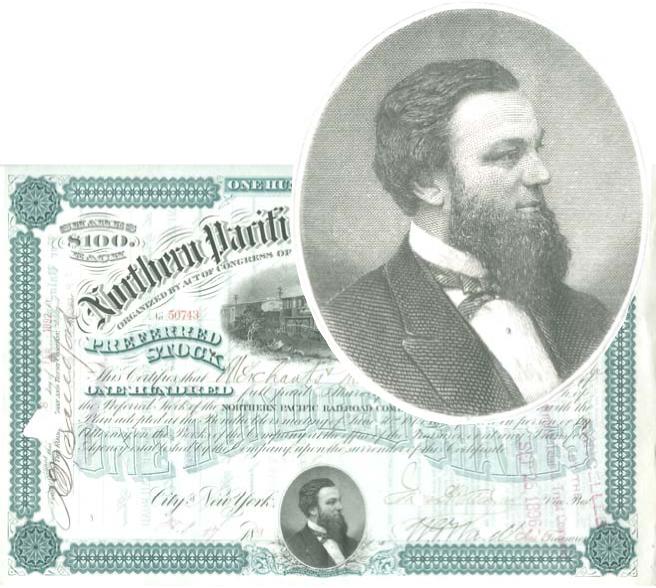 “Frederick Billings from Northern Pacific Railroad Company certificates.
“Frederick Billings from Northern Pacific Railroad Company certificates.
No, not everyone has email or web access. Still, 55% of American households do. A poll showed that another 31% said they didn’t want web access at home because they had access elsewhere (primarily at work.) That makes about 86% of Americans who accept some form of electronic communication.
For people lacking web access, I will continue to mail paper copies. PLEASE, let me know if you later get access.
One hundred percent of my income comes from using computers. But, at heart, I am a pretty traditional kind of guy. I would much rather mail newsletters in paper form. The hard truth is that it is expensive and not everyone wants them. Going electronic takes care of those problems.
Going electronic has more upsides. I can use color. I am not limited to four pages. Extra pages do not cost anything. I can add pictures more easily. Pictures are better quality.
Being a traditional kind of guy, I do not like reading newsletters online. Therefore, I always advocate printing newsletters on your own printer.
192 New certificate varieties since May
|
May
letter |
This
letter |
| Number of certificates listed (counting all variants of issued, specimens, etc.) |
21,028 |
21,292 |
| Number of distinct certificates known |
15,956 |
16,148 |
| Number of certificates with celebrity autographs |
1,595 |
1,605 |
| Number of celebrity autographs known |
339 |
340 |
| Number of railroads and railroad-related companies known |
25,207 |
25,274 |
| Number of companies for which at least one certificate is known |
6,731 |
6,820 |
| Serial numbers records |
73,145 |
84,444 |
The collecting of serial numbers
Most of you know I am a collector of information. These days, most of my new information is in the form of prices and serial numbers. Collectors are finding fewer new varieties these days, so I have a little time to examine other kinds of information.
I have been collecting serial number information for several years. Regardless of where I find serials numbers, you will have access to those numbers within a week or two. We are gradually learning more and more about which items are genuinely scarce, and which ones are not.
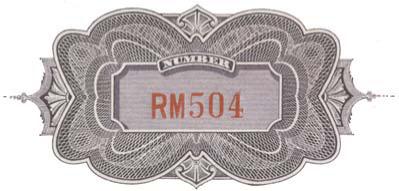
Look at the online database using items you’re familiar with. If you see many serial numbers, then items are probably somewhat common. If only a few numbers are known, then items may be more scarce. Be careful, though. Do not to jump to conclusions without careful consideration.
For instance, there may be only a few serial numbers recorded for a specific variety, but those numbers are spaced widely apart. That might indicate that there COULD be many more certificates out there that would fill in the gaps.
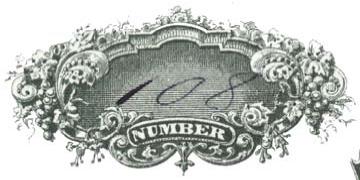
Or, maybe there are several certificates known, and all are numbered above #5000. That does NOT mean that numbers #1 to #4999 exist. Long-running companies frequently continued numbering from previous issues when they created new stock issues due to recapitalization, splits, stock watering, and so forth. You may discover that certificate #5001 is actually the first number ever issued for a specific series of certificates. If you only collect #1 certificates, this is the certificate you want.
A different situation, though, might be the case. Maybe one hundred numbers are shown on my web site for certificates of a company found in the Northern Pacific hoard. Scott Winslow kindly contributed the serial numbers of the certificates unearthed in that hoard. Thanks to his and George LaBarre’s contributions, we now know that #15 might be the highest number issued for a particular company. By looking at the database carefully, you will see that #16 through #100 were unissued remainders. You will be able to know with 100% certainly that only fifteen issued certificates ever existed! In this hypothetical case, even unissued certificates are scarce, represented by only 85 examples. Once those 100 are distributed, they will appear for sale infrequently.
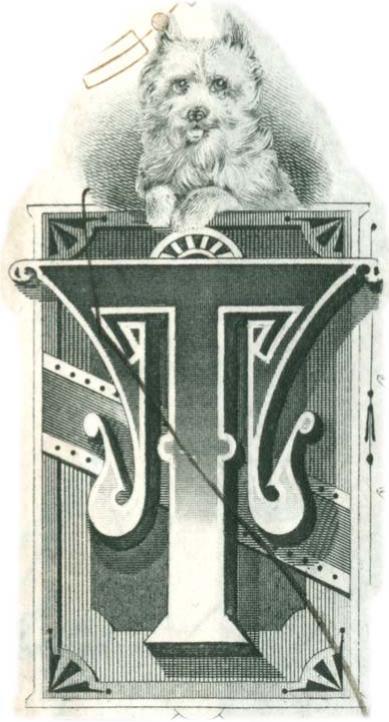
Serial numbers come from every possible source. They come from every auction that I know about. They come from pictures in old auction catalogs, fixed price catalogs, and books. They come from museums, historical societies, and corporate collections. Most importantly, they come from contributions from private collectors.
The only source that I refuse are compilations from eBay. I accepted them for awhile, but found them troublesome and time-consuming.
I found that sellers often made mistakes in their listings. Unfortunately, I often could not correct those mistakes because eBay sellers often refuse to show images of certificates they were actually selling.
I overcame this loss of information by retrieving information daily about every certificate that sells on eBay (US) for more than $25.
I do NOT get similar information from eBay’s British, French, German, or Italian sites. If you would like to help contribute that kind of information, contact me. I’ll show you some tricks on how to make it fast, easy, and accurate. Only collect information about items that actually SELL.
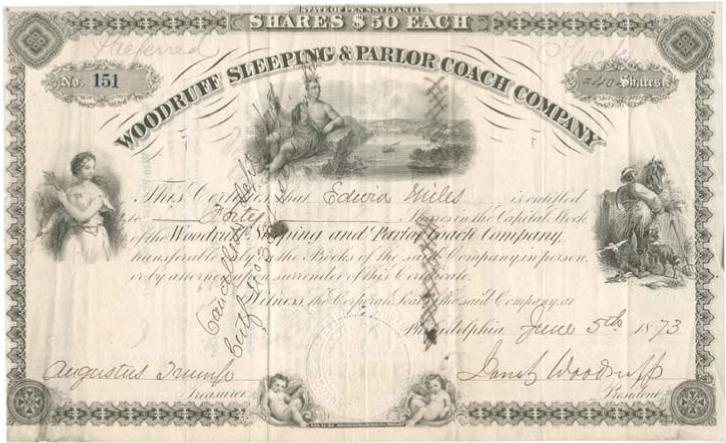
Are “rare” eBay items really rare?
Sellers love to describe their certificates as “rare.” But, let’s get real! How many really are?
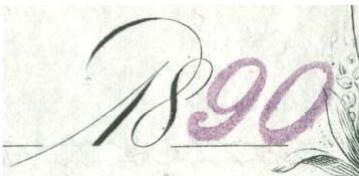 Make sure you carefully check the printed portions of dates against the online database. There are many new varieties waiting to be reported
Make sure you carefully check the printed portions of dates against the online database. There are many new varieties waiting to be reported
While writing this article, I pulled up certificates in the railroad category (Coins & Paper Money > Scripophily > Railroad) with “rare” in either the title or description. I then took the first 10 entries and estimated how many similar certificates likely exist today. My estimates ranged from as low as ten to over 50,000.
I admit I was a little surprised. I would actually have described three of these lots as “scarce” and another three as “very hard to find.”
At the same time, I would describe three of those lots as “dreadfully common.” To people selling such certificates, I impolitely ask, “How can you call a certificate rare when you can easily find multiple examples on eBay on the same day???” Or call up a major dealer. I bet you could buy tens, maybe even hundreds more examples. “Rare?” No way!!
In my mind, this kind of behavior is purposely deceptive, pure and simple. So, I will ask again, “Is your business so bad that you need to use deception to make a few dollars profit?”
Still, I was surprised to find that several so-called “rare” eBay items are actually scarce. Ummh. Interesting.
New data online
Regular users of my web site database may have noticed that I added a new icon to the company search page.

This icon will take you to a new page of “extra” company information. This feature is ONLY available for people who contribute to this project. (It is not available on the “public” side of the database.)
Over the years, I have collected tens of thousands of pieces of peripheral information about railroad companies. These data include dates of incorporation, company officers, nicknames, and so forth.
Every few months, collectors have suggested that I compile short company biographies. That is a great idea, but for one person, the endeavor would be a full-time job. So I decided to ask for help.


Starting with this newsletter, I am asking for help from everyone so inclined. How about writing a short article about your favorite companies? If interested, all the details, including tips and tricks, are online.
One of the things I’d like to help with are lists of company officers through time. Specifically, I am looking for the dates presidents, famous or not, started and finished service. Recording the appearance of an individual in a single year is, at this time, not particularly helpful. But “from-to” dates would be really nice.
